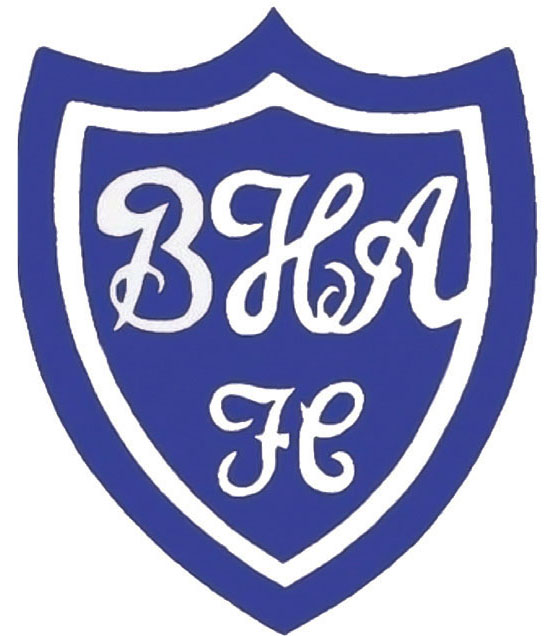
BRIGHTON & HOVE ALBION
THE SEAGULLS
Brighton & Hove Albion was founded in 1901, joining the Southern League. However, apart from a victory in the FA Charity Shield over Football League champions Aston Villa in 1910, successes were slow to materialise. In fact, it took all of 78 years for Brighton to reach the top division; they were finally promoted to the First Division for the 1979/80 season. Their stay was brief and after four seasons in the top flight they were relegated in the same year that they reached their one and only FA Cup Final, against Manchester United. Brighton finally returned to the top flight in 2017/18.
After 1983, Brighton’s fans experienced a period of turbulence, spending four spells in the third division, the most recent in 2011. Added to that, financial problems and postponed building plans meant that the club had no home ground between 1997 and 2011. Instead, they first had to share a stadium with Gillingham, 110 kilometres (70 miles) away, and then had to accept as their temporary home the use of Withdean Stadium, the athletics arena in Brighton. Thanks to owner Tony Bloom, who took over the club in 2009, things have been looking up for Brighton & Hove Albion. Since promotion to the Championship in 2011, the team have played at the newly constructed American Express Community Stadium, and in the spring of 2017, for the first time ever, the club secured a place in the Premier League.
The club’s crest originally depicted a traditional coat of arms representing the twin towns of Brighton and Hove, and in the 1950s a club monogram motif was worn. For a time, the club was known as the Dolphins, but this was short-lived. In the 1977 season they adopted the nickname of the Seagulls and the club crest has reflected this ever since.
CLUB: Brighton and Hove Albion FC
NICKNAMES: The Seagulls and The Albion
FOUNDED: 1901
STADIUM: American Express Community Stadium, Brighton (30,750 capacity)
HISTORIC PLAYERS: Des Tennant, Charlie Oatway, Peter Ward, Mark Lawrenson and Bobby Zamora

1946–1974. In the middle of the 20th century the first club crest club was introduced and it portrayed the twin cities’ coat of arms. Brighton’s to the left and Hove’s to the right. This badge was first worn on the shirts in 1948 and remained until 1974.

1956–1959. By the end of the 1950’s Brighton and Hove Albion used a monogram badge which was customary back then.

1975–1976. This Brighton crest shows a dolphin, so it was no surprise that the team was nicknamed The Dolphins. A dolphin emblem was adopted from 1975, but it was not popular and never made it to the team shirts.

1977–1998. Legend has it that the club’s now classic seagull was created by the fans. Before a home match with arch-rivals Crystal Palace, their supporters were cheering on their team by screaming, ‘Eagles! Eagles!’. The Brighton & Hove fans responded by chanting, ‘Seagulls! Seagulls!’ – and the club found itself with a new nickname!

1998–2011. In the mid-1990s Brighton & Hove Albion was nearly bankrupt. In 1997, after two years of infighting within the club, the supporter and businessman Dick Knight became the new chairman. To mark the event and to clearly distance himself from the earlier club leadership, he introduced a new crest.

2011–present. In 2009 the professional poker player Tony Bloom bought a majority stake in the club and secured the funding for the construction of the new stadium. At the same time a new, more up-to-date badge was introduced in 2011, to coincide with the inauguration of the new stadium and the club’s return to the Championship. Note that the direction of the bird’s flight was modified.

Brighton & Hove striker Peter Ward rides a challenge at the Goldstone Ground in the 1979. In his five years at the club he scored 79 times in 178 appearances. A fan favourite, in the 1976/77 season, he scored a club record of 36 goals.